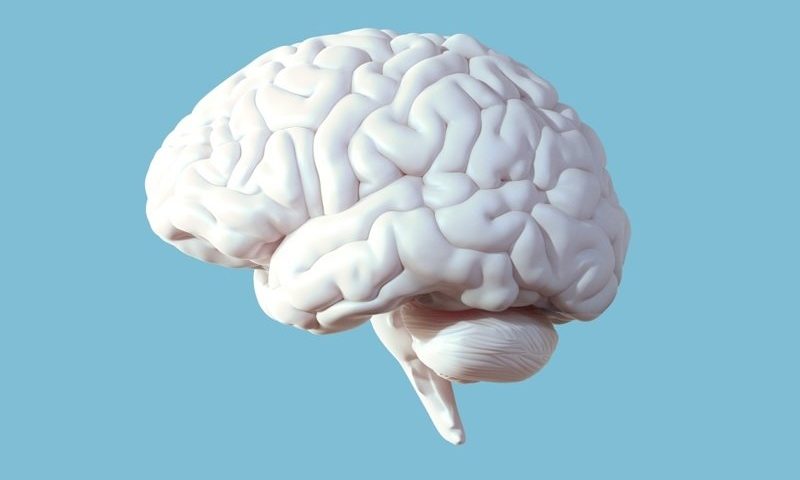Subcutaneous fat typically contains a mix of unhealthy white fat cells and “beige” adipocytes, which are similar to healthy brown fat in that they’re able to burn energy. Scientists from the Medical College of Georgia at Augusta University believe they’ve found another attribute for beige fat: It may protect against dementia.
The researchers observed that mice without beige fat experienced strong and quick inflammatory responses to a high-fat diet, which in turn activated immune cells in the brain. That heightened inflammation contributed to the onset of dementia and other brain conditions, the scientists reported in a study published in the journal Nature Communications.
The team knocked out a gene in mice to prevent the subcutaneous fat from turning beige or browning. That effectively prevented the fat cells from producing heat and burning fat, making them more like visceral fat, the dangerous white fat that can surround organs and raise the risk of heart disease and stroke. The mice became obese and developed dementia-like behavior after being fed a high-fat diet for up to three months, they reported.
The scientists transplanted subcutaneous fat from young and lean mice into the visceral area of the genetically modified obese mice. Beige adipocytes formed, and the mice showed signs of improved memory, the scientists found. The team discovered an anti-inflammatory cytokine called IL-4 facilitates communication between beige fat cells and neurons in the hippocampus, the brain’s learning and memory center.
Beige fat has been linked to weight loss in other areas. Researchers from the University of Michigan and American University, for example, found nicotine prompts beige fat cells to burn energy. That could explain why some smokers say smoking helps them shed pounds.
Scientists are also finding ways to give white fat the calorie-burning properties of brown fat. Harvard University researchers were able to do so using CRISPR-Cas9 gene-editing technology in what could lead to cell therapies to combat obesity and metabolic diseases.
Some biotechs have even set their sights on fat and sugar metabolism in the brain for experimental treatments of cognitive disorders. T3D Therapeutics secured $15 million in 2019 to work on a phase 2 drug that aims to fix dysfunctional metabolism in the brain, which some researchers think is linked to the protein plaques and tangles that are a hallmark of Alzheimer’s disease.
The Augusta University researchers believe their findings could help identify risk factors for dementia and even inspire the development of new treatments.
“If we can figure out what it is about beige fat that limits inflammation and maybe what it is about beige fat that improves brain plasticity, then maybe we can mimic that somehow with a drug,” said co-author Alexis Stranahan, Ph.D., associate professor in the department of neuroscience and regenerative medicine at Augusta University, in a statement.

